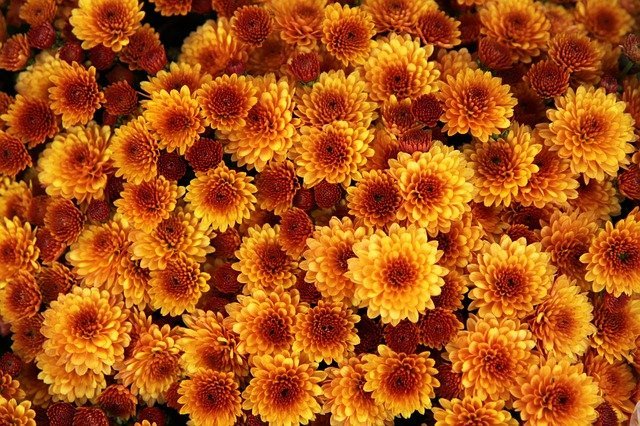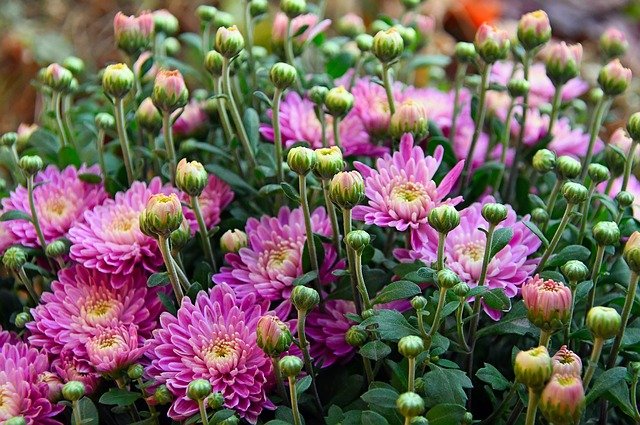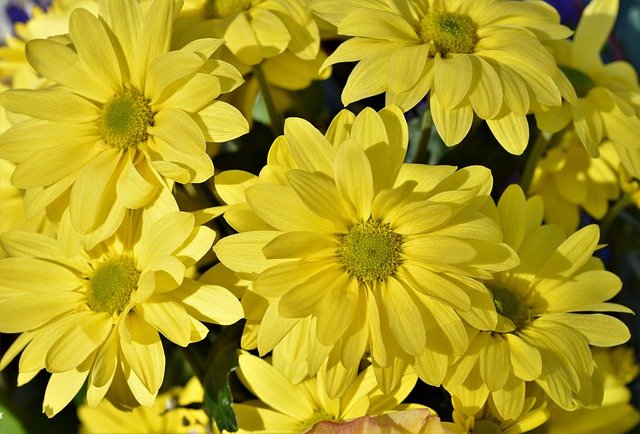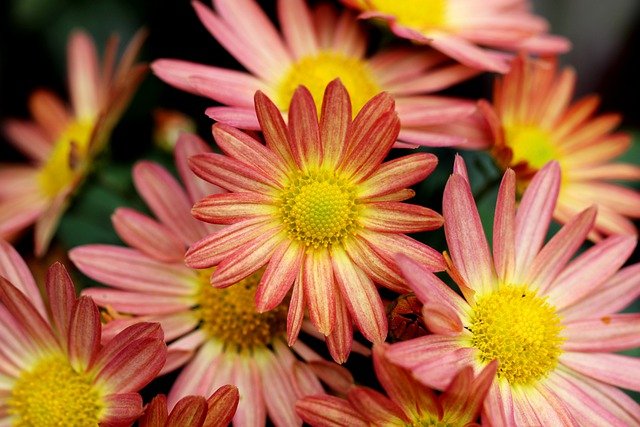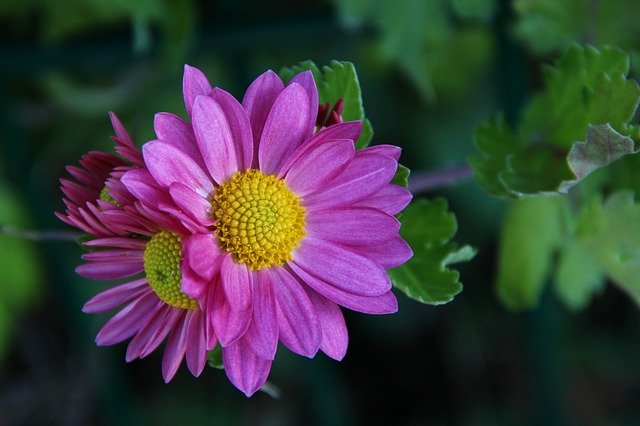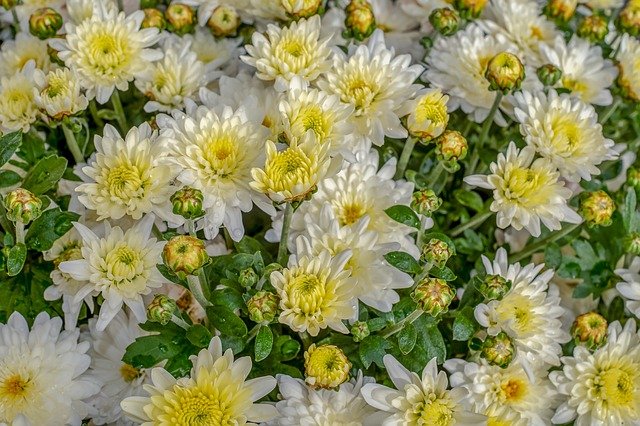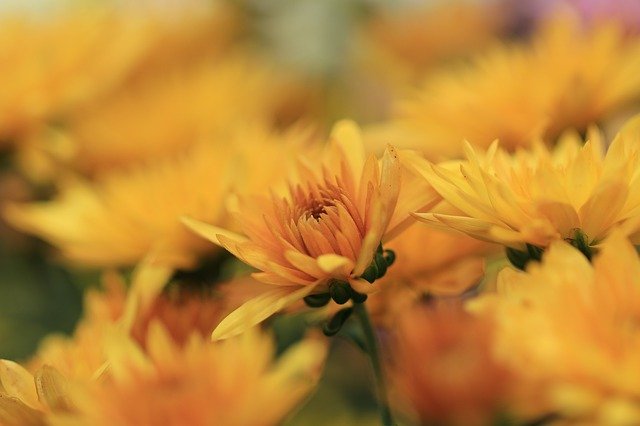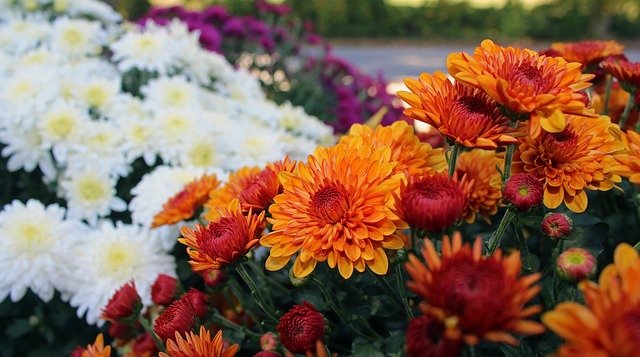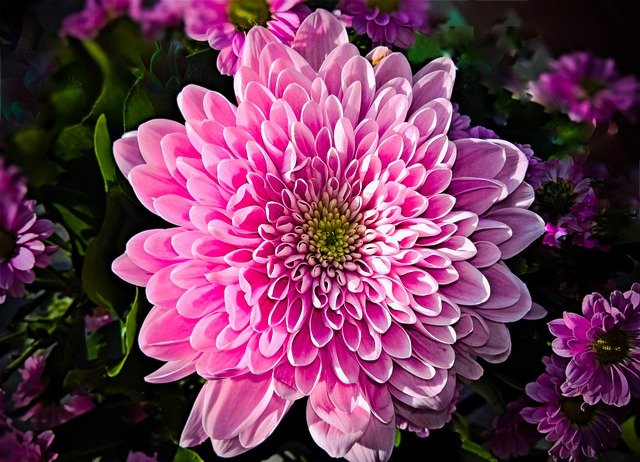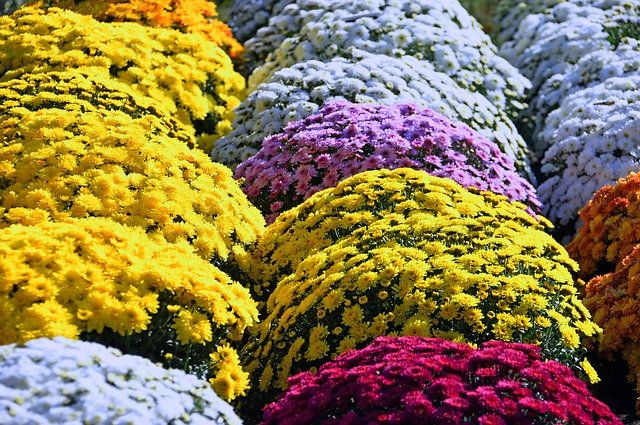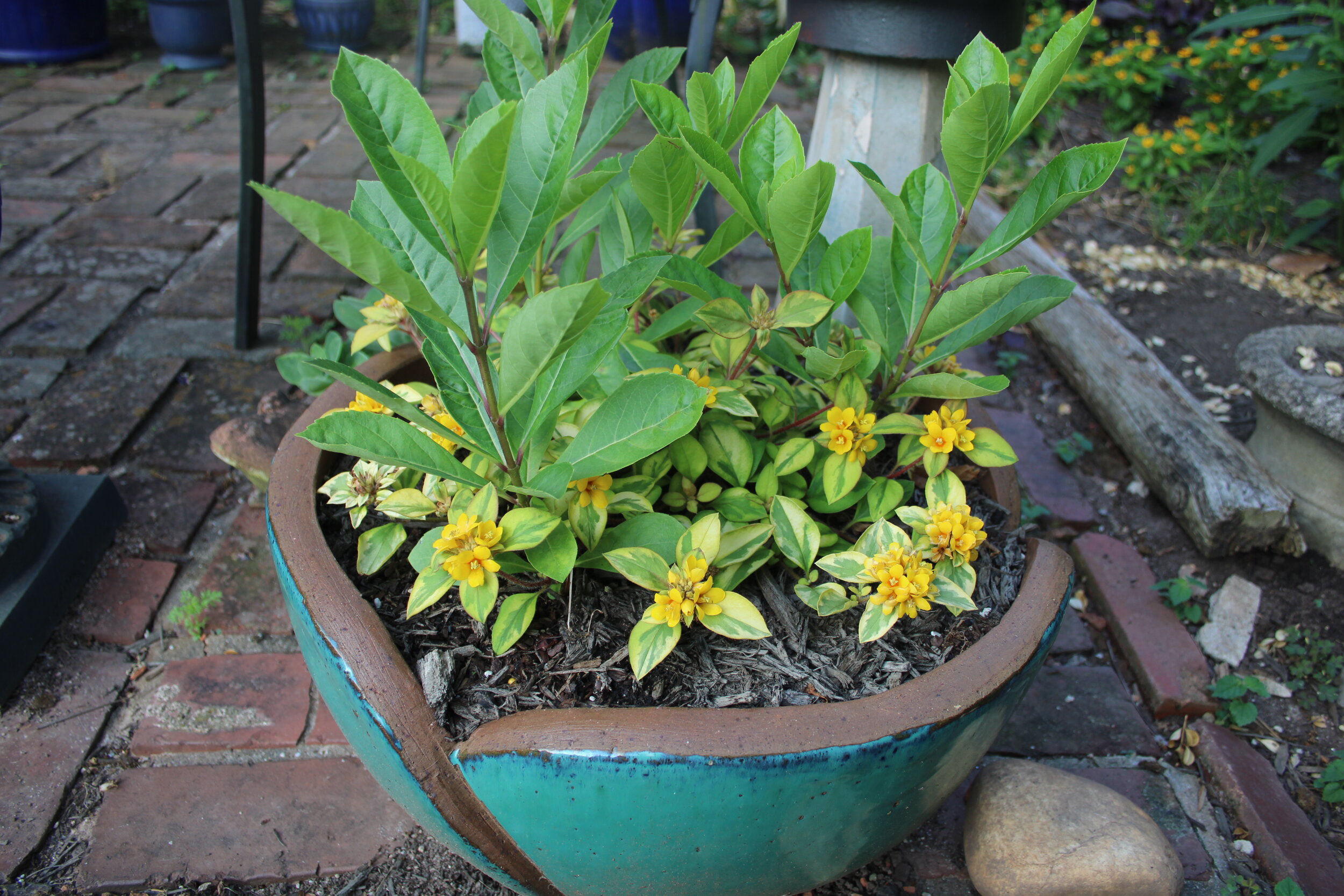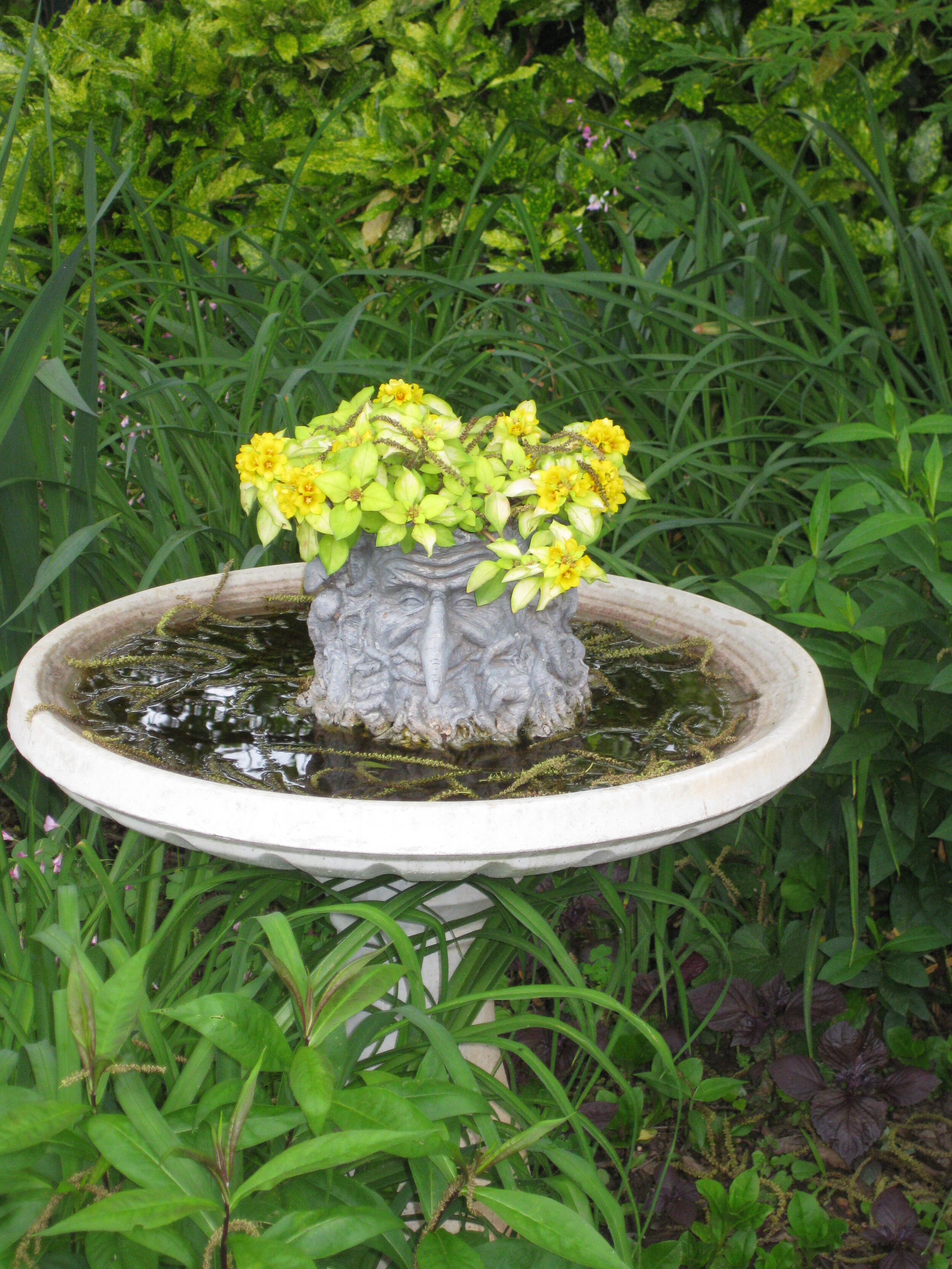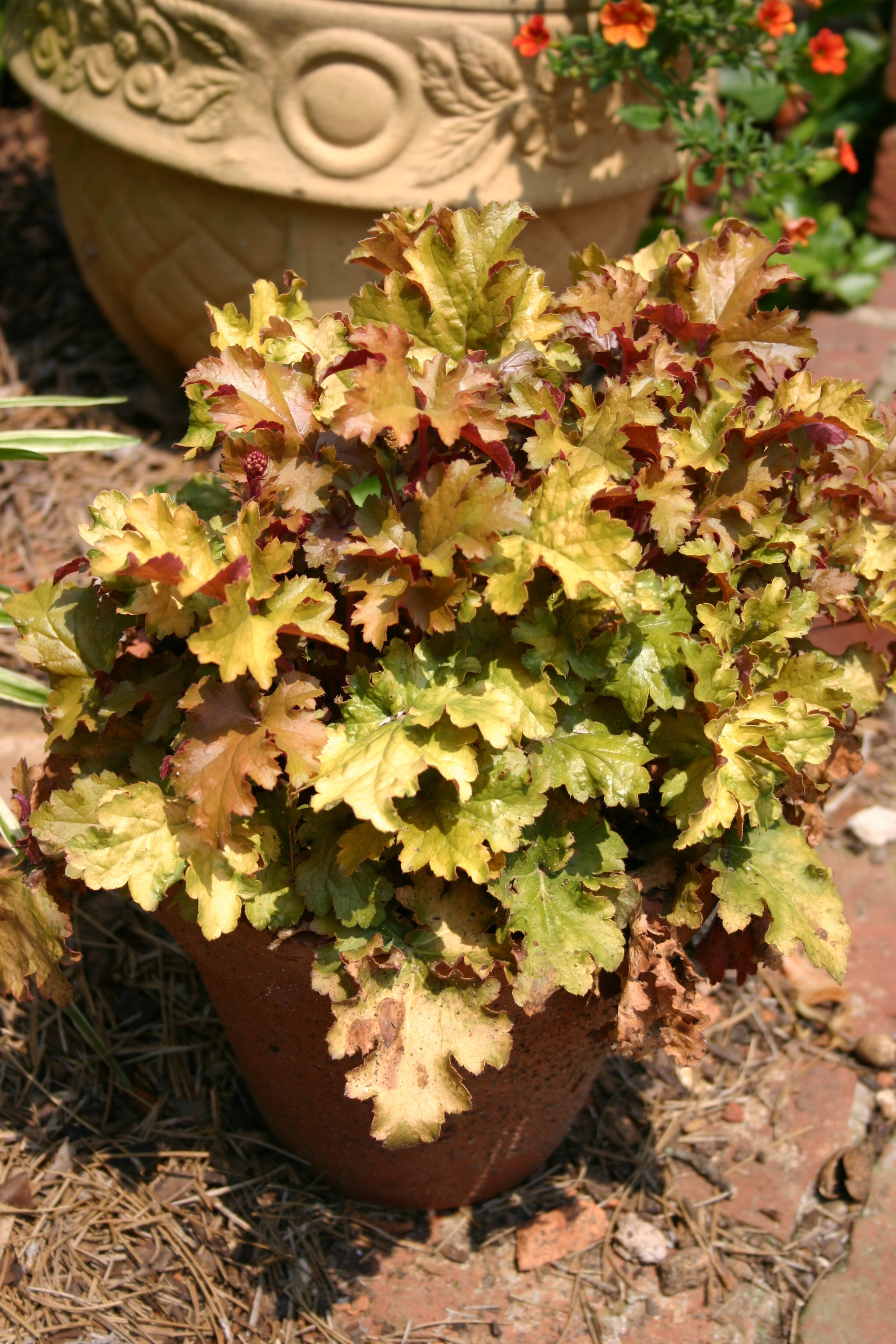Mondo grass (Ophiopogon, pronounced oh-fee-oh-POH-gon) has always been my preferred groundcover choice for shady areas. Less than a foot tall at maturity, it forms a thick evergreen blanket that chokes out weeds. This low-maintenance plant is hardy in zones 6-10. It is salt-tolerant, accepts limited foot traffic and will grow in any well-drained soil. Deer leave it alone.
Also known as Dwarf Lilyturf, Mondo’s white or pale lavender flowers are typically concealed by the foliage. This is unfortunate, because the flowers mature into pretty cobalt blue berries. I like to use Mondo under Crepe Myrtles because it hides their fallen leaves and will protect the Myrtle’s tender bark from damage by string trimmers or mowers.
While it is undemanding, Mondo will look best when it is grown in neutral to slightly acidic soils and irrigated during extended dry spells. The leaves are not bothered by the fungus that sometimes causes Liriope leaves to develop spots and streaks, necessitating a late winter cutback.
Black Mondo planted in a face container
Two Mondos are worth seeking. Ophiopogon planiscapus ‘Nigrescens’ is commonly called Black Mondo. The strappy leaves are truly black. They make an eye-catching addition to planters containing pink, blue, or chartreuse partners.
Crystal Falls® Ophiopogon japonicus differs from all others. Sometimes known as Giant Mondo, its leaves reach up to thirty inches in length, although they arch so much the plant height is usually about twenty-four inches. The white flowers are more evident than standard Mondo, and they produce similar metallic blue berries.
My experience with Crystal Falls® (Ophiopogon jaburan 'HOCF' PP17430) has indicated that it does not like to be divided and relocated too often. Select a location where it can spread without invading the territory of other plants. I have successfully grown it in a container, too, but after three years the roots grew so much that it broke the flimsy ceramic pot.
Use any of the Mondos as groundcovers, edger, or in containers. If used as a bed edging, its spread by underground rhizomes must be contained to restrict its reach into flower beds.
Used as a groundcover, this Giant Mondo (Crystal Falls®) will absorb the spent flowers, seed pods, and leaves shed by the Crepe Myrtle in the center of the clump.
Mondo Grass used as an edger. Photo by Jim Robbins. Used under CC BY-NC-ND 4.0
Closeup view of the brilliant blue berries of Ophiopogon. Photo by Jean. Used under CC BY-NC-ND 2.0
Sadly, the blue berries are almost concealed by the foliage. Photo by VanLap Hoang. Used under CC BY 2.0










